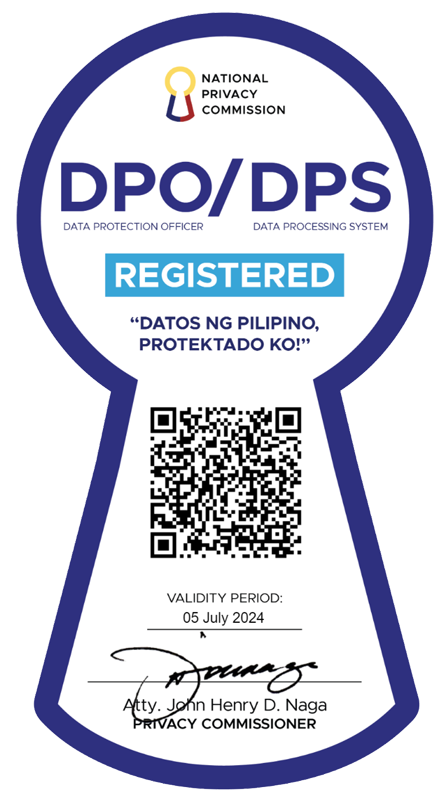Local seaweed processors scramble for supplies
CEBU CITY — Philippine seaweed processors will push for measures to boost local seaweed production and tap other countries as potential suppliers, following Indonesia’s decision to restrict its raw seaweed exports. Indonesia, which supplies about a third of the raw seaweed requirements of Philippine manufacturers of the gelatinous extract, is following the path chosen by the Philippines, which was transformed in the last decade from a major seaweed exporter into a net seaweed importer and major carrageenan supplier. Carrageenan, which is derived from red seaweeds has applications in food, pharmaceutical and other industries. Benson U. Dakay, president of the Seaweed Industry Association of the Philippines (SIAP), told reporters other countries that have the potential to supply raw seaweeds for the manufacture of carrageenan are Madagascar, Vietnam and Cambodia. "The quality [of seaweeds from these three countries] is not the same [as those from the Philippines and Indonesia], but it will do," Mr. Dakay said. Raw seaweeds from these three countries are also priced lower because they are just starting to develop the industry, he added. Another potential supplier is India, where American chocolate and beverage conglomerate Mars has started to develop seaweed farms to meet its requirements, Mr. Dakay said. The board of directors of SIAP will meet next week to discuss, among others, the latest Indonesian policy shift. Earlier reports have quoted an official of Indonesia’s Ministry of Maritime Affairs and Fisheries as saying that raw seaweed exports will be allowed only until 2012, in order to encourage that country’s processing industry. Indonesia exports 85% of its seaweed production, which is projected to reach 110,000 metric tons this year. It has only 10 seaweed processors. Mr. Dakay said this new policy would hurt China’s seaweed importers more because "they are 100% dependent on Indonesia" for their supply. "We have other options. But the problem with most of our farmers is that they prefer to find jobs abroad than cultivate seaweeds," he added. Philippine raw dried seaweed exports declined to about 80,000 MT in 2008 from almost 100,000 MT in 2000 as processing capacity grew. The Philippines became a net seaweed importer in 2007. Seaweed imports reached over 15,000 MT in 2008, a study by Seaplant.net Foundation in Indonesia showed. The Philippine seaweed industry now exports mostly value-added carrageenan or blended ingredient solutions rather than raw seaweeds. As of last May, over 140,000 MT of carrageenan dave been exported to 78 countries, the study added. More than half, or 55%, went to France and China. — Marites S. Villamor, BusinessWorld





